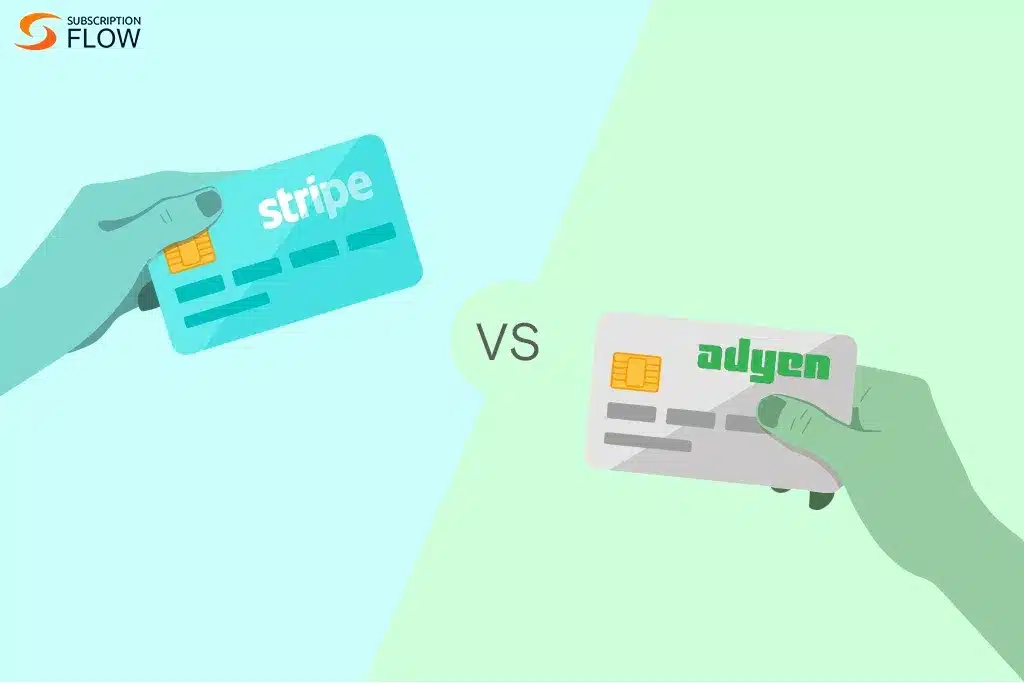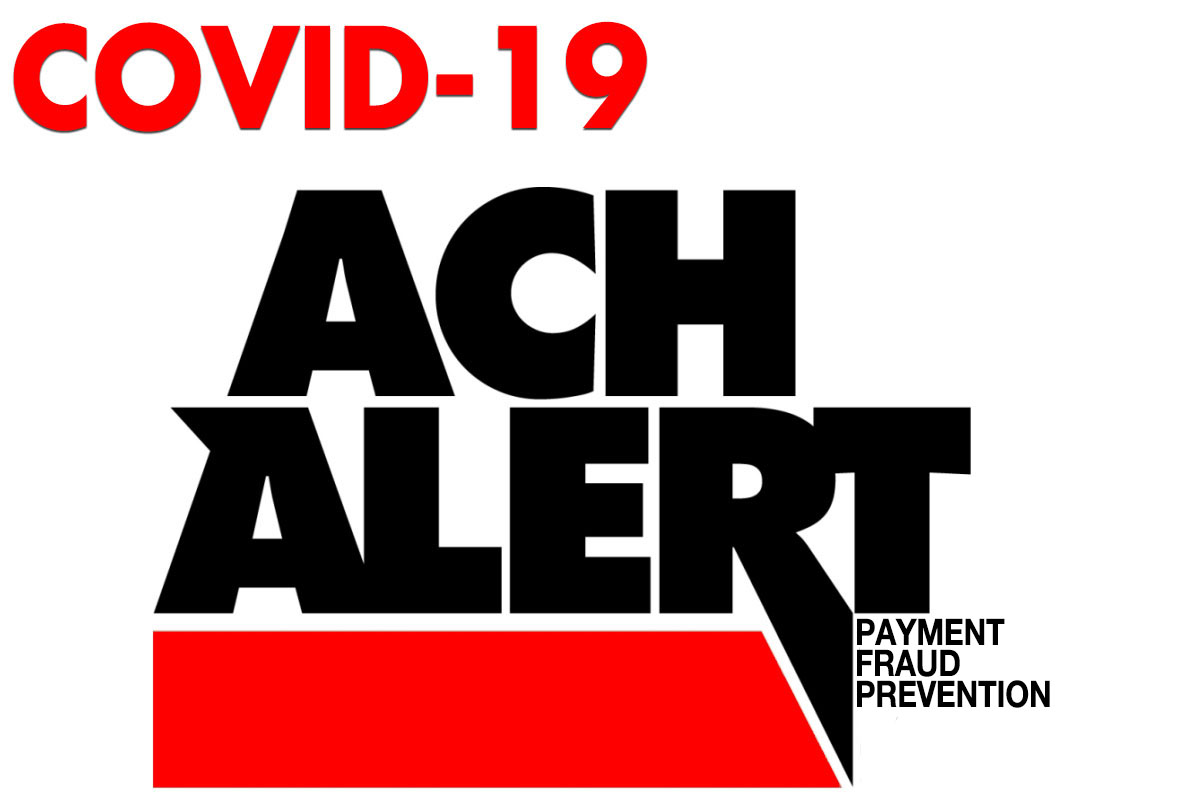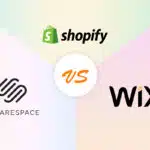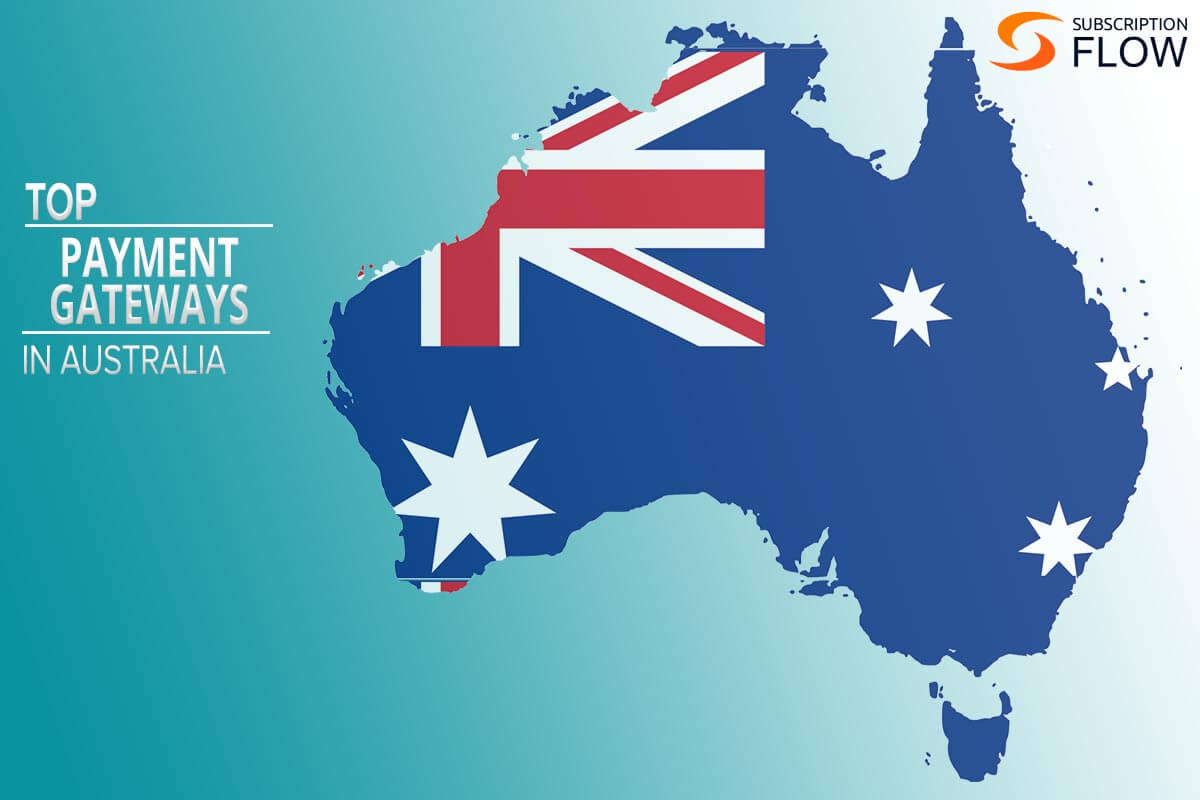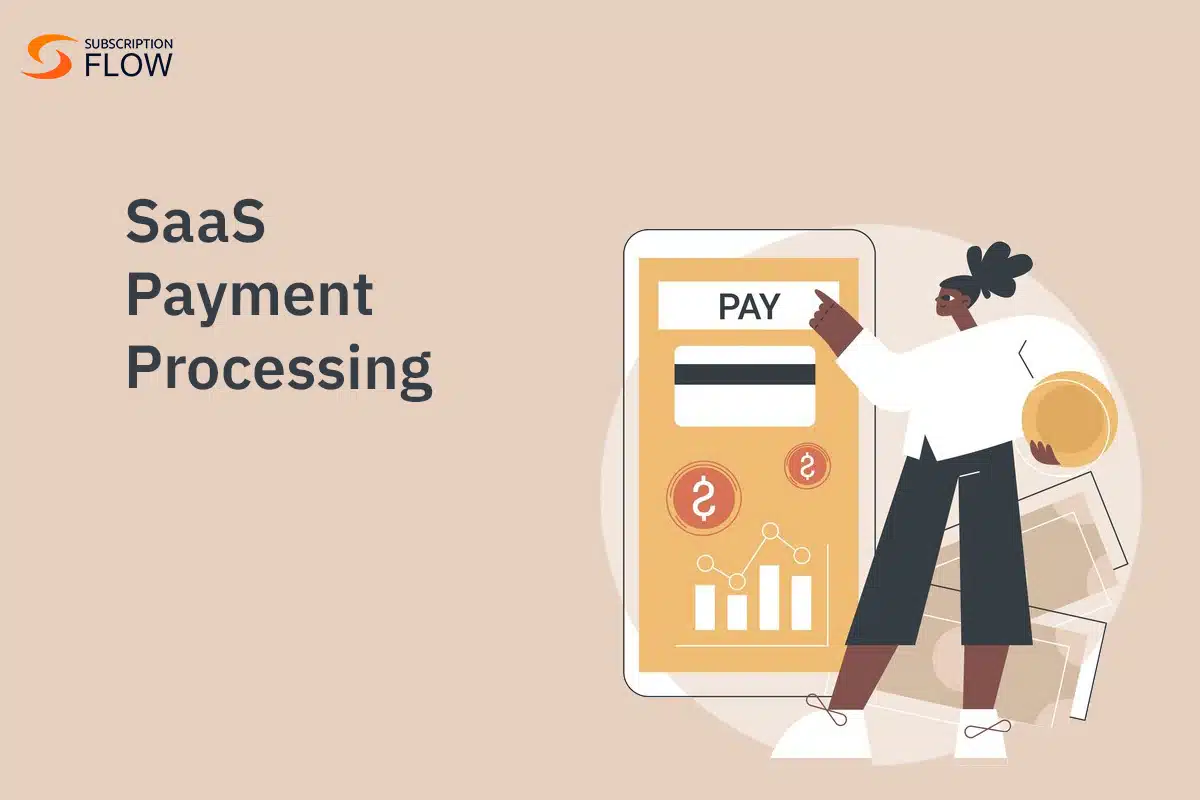
Using SubscriptionFlow Integration to Master SaaS Payment Processing
The SaaS industry has been growing at a phenomenal rate for quite some time now, prompting many businesses to now think of ways in which they need to invest in efficient ways of running their business in the SaaS world. In doing so, SaaS businesses of all sizes face common payment processing SaaS challenges. This is because payment processing for SaaS is more complicated than collecting one-time payments, as it diverges into sub-forms that range from invoicing to managing subscription plans to complying with local tax laws and payment regulations.
One other caveat that people have with SaaS payment processing is that they think it is all about payment. Well, yes and no—it is not just about getting paid; it is also about providing a consistent experience for your customers, effectively managing global transactions, and having the tools to reduce customer churn. As a result, selecting the best SaaS Payment Processing Service requires your full attention and careful consideration and that is what we will be focusing on in this blog.
Keeping all this context in mind, in this blog we will first answer what exactly is SaaS payment processing, some its most pertinent challenges and solutions, and then a short note on why SubscriptionFlow is just the right subscription-management software that offers seamless integrations with all the best payment processing for SaaS software in 2024.
Read more: Exploring a Bluesnap Alternative for Payment Processing and Subscription Management
What is SaaS payment processing?
By and large, SaaS payments are recurring fees charged by subscription businesses in lieu of access to a service. SaaS platforms give businesses the tools they need to manage recurring billing and customer subscriptions.
And to do all of it, you need a billing system. Building a new billing system all on your own is very costly, and using different software services to handle each billing and payment task can be both costly and confusing. A unified payment processor, on the other hand, will handle all of the above while also assisting you in gaining customer insights based on the data available from each transaction.
What is more is that to accept various payment methods from your customers, you must have a dedicated payment gateway as well as a merchant account for your SaaS business. A SaaS payment gateway is an online payment processing solution that allows merchants to accept credit card payments directly from their websites. It authorizes online payments and connects customers, merchants, and other parties involved in transaction processing.
What are the most pertinent challenges facing SaaS payment processing?
- Security: It is especially important for recurring transactions to have a secure payment processing system since SaaS companies are responsible for securely storing customer data as well as using encryption and tokenization tools to protect customers’ credit card information. Therefore, SaaS billing software should automatically secure sensitive information and take measures to prevent fraud when accepting payments to ensure that you and your customers do not have to worry about data security.
- Reporting of Analytics: Reports based on the reporting of analytics become much larger tasks as a SaaS company grows. When it comes to financial reports, crunching the numbers without software designed specifically for that purpose is extremely time-consuming. A growing customer base means more data available to offer insights into new business opportunities and uncover any issues customers encounter during the payment process.
- Billing: Because there are more factors at play in subscription-based businesses than in one-time sales models, invoicing and billing can be a headache. Customers will be on various subscription plans, owe different amounts, and make payments at various times. Invoicing is further complicated by factors such as trial periods and subscription discounts. At the same time, because every company’s recurring billing is different, template-style payment pages and subscription billing components require more coding from your team.
Offering popular local and global payment methods, as mentioned above, is a great way to optimize your SaaS payment processing because it allows potential subscribers to select their preferred method for recurring billing. This increases the likelihood of repeat successful payments and provides you with access to a global customer base.
Likewise, a robust payment gateway will also offer pricing transparency— your payment solution should not drain your bank account with high fees and hidden costs. Request a detailed fee breakdown from your potential payment service provider. To avoid surprises, you can also choose a provider that uses a flat-rate pricing model.
Read more: Stripe vs Shopify: Which Payment Processing Platform is Right for Your Business?
Why you need to integrate SubscriptionFlow with your payment processing for SaaS in 2024?
The reason why SubscriptionFlow is such a top choice for businesses these days is because it is a subscription-management software solution that can handle all of your billing and payment needs. It does that by being a powerful and adaptable software that integrates with the most popular SaaS payment processors in 2024, including Stripe, PayPal, Braintree, among others. You can easily create and manage recurring plans, invoices, coupons, trials, and subscriptions with SubscriptionFlow. You can also use it to automate workflows, track revenue, and generate reports. SubscriptionFlow is the ideal solution for any SaaS company looking to streamline their subscription operations and expand their customer base.
Book a demo with SubscriptionFlow now to properly integrate it with your payment gateway and offer seamless payment capabilities to all your end consumers!





